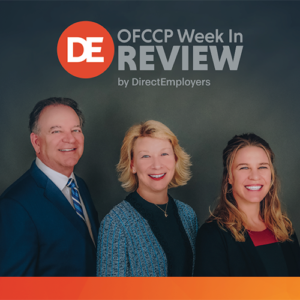
- Win $100,000 for Innovative Outreach
- NLRB Restored Longstanding Union Dues Checkoff Rule
- New 503 Focused Review Resources
- NLRB Approved Confidentiality in Workplace Investigations
- Employers Take Back Email Control
- Federal Agency Engagement Scores Released
- Budget Passed; President Trump Signed Both Bills Avoiding Government Shutdown
- WHD Seeks Comments on Paid Sick Leave
- EEOC Seeks to Close Portal for Component 2 Data
Monday, December 16, 2019: Win $100,000 for Innovative Outreach
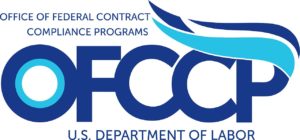
Research shows organizations that employ and support workers with disabilities have 28% higher revenue and 30% higher profit margins than peer businesses that do not.
The Challenge
The ACL invites businesses to compete for cash prizes to help them expand their recruiting and retention programs to better include workers with disabilities (particularly people with intellectual and developmental disabilities) and to display leadership in addressing this critical economic issue.
ACL believes that businesses are best suited to develop innovative solutions – that work for employers – for hiring and retaining workers with disabilities. The Grand Prize is $100,000. All prize winners will receive travel to Washington, D.C., mentorship from experts in the field, and promotion of their business innovation models. Participating businesses will receive feedback on their proposals and permission to use the “Administration for Community Living Inclusive Talent Pipeline Partner” logo.
Deadline
February 14, 2020, is the last day to submit proposals.
Monday, December 16, 2019: NLRB Restored Longstanding Union Dues Checkoff Rule
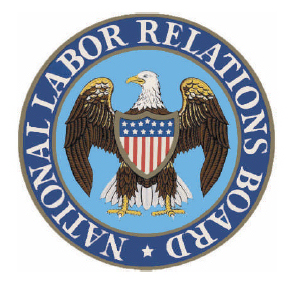
Tuesday, December 17, 2019: New 503 Focused Review Resources

OFCCP’s Sample SCER is a 25-page document completed by OFCCP Compliance Officers during Section 503 Focused Reviews to document their findings and conclusions.
As a reminder, OFCCP’s 500 Section 503 Focused Reviews are currently underway, and in some regions, are almost completed. The timing of Focused Reviews varies by OFCCP Region depending on each Region’s progress to exhaust “aged” compliance evaluations.
Tuesday, December 17, 2019: NLRB Approved Confidentiality in Workplace Investigations

This decision overturns an Obama 2015 Board decision— Banner Estrella Medical Center, 362 NLRB 1108 (2015), enf. denied on other grounds, 851 F.3d 35 (D.C. Cir. 2017)—that had required employers to prove, on a case-by-case basis, that the integrity of an investigation would be compromised without confidentiality.
Tuesday, December 17, 2019: Employers Take Back Email Control

Previously, in the case of Purple Communications, Inc., 361 NLRB 1050 (2014), the Board held that employees who have been given access to their employer’s email system for work-related purposes have a presumptive right to use that system, on nonworking time, for communications protected by Section 7 of the National Labor Relations Act (NLRA). Today’s decision overruled the Purple case decision, and the Board now holds that employees do not have a statutory right to use their employers’ email and other information-technology (IT) resources to engage in non-work-related communications. Instead, employers now have the right to control the use of their equipment, including their email and other IT systems. Employers may lawfully exercise that right to restrict the system uses, provided that in doing so, they do not discriminate against union or other protected concerted communications.
While the NLRA requires employers to allow employees to have adequate avenues to engage in communications Section 7 of the NLRA protects, the Board’s decision last week creates an exception for circumstances where the use of employer-provided email is the only reasonable means for employees to communicate with one another on non-working time during the workday.
Tuesday, December 17, 2019: Federal Agency Engagement Scores Released

- I recommend my organization as a good place to work. (Q. 40)
- Considering everything, how satisfied are you with your job? (Q. 69)
- Considering everything, how satisfied are you with your organization? (Q. 71)
The rankings report breaks down its results by the size of the agency: large, midsize, and small. The U.S. Department of Labor (DOL) came in below the median at a rank of #17 of 25 in the midsize category. With a 2019 engagement score of 61.8, the agency is down slightly (1.2) from last year’s engagement score. However, of the 15 subcomponent rankings in the DOL, the OFCCP showed the most significant jump in its engagement score, up 12.7 points from 2018, putting it at 56.5 for 2019.
The Equal Employment Opportunity Commission came in above the median at #12 of 25 in the midsize category. Its engagement score was up 1.7, bringing it to 67.1 for 2019.
Thursday, December 19, 2019: Budget Passed, Friday, December 20, President Trump Signed Both Bills Avoiding Government Shutdown
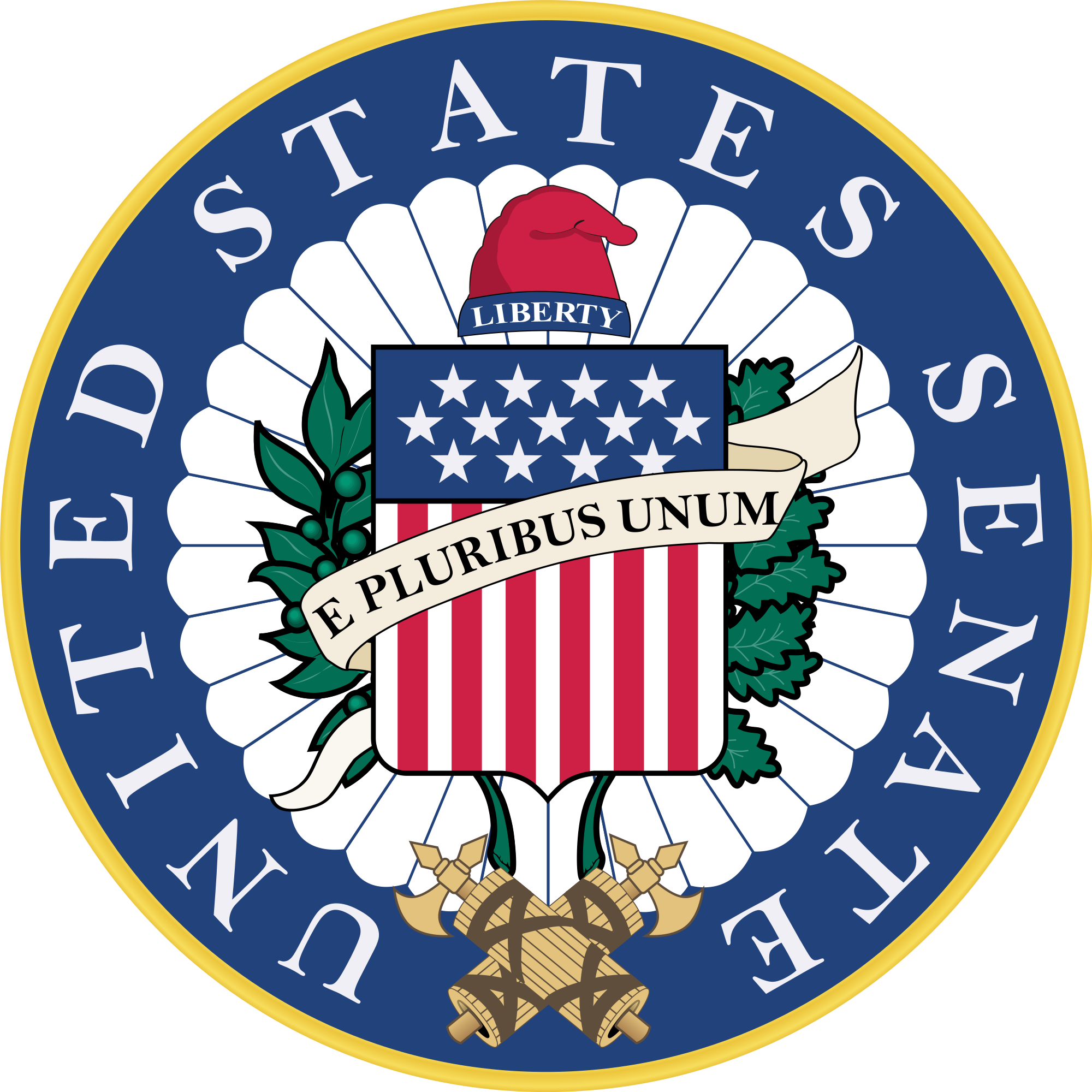
The President then signed both bills on Friday, as had been expected, and avoided a shutdown of the federal Government, which would have started last Saturday at midnight had the budget deal not gelled. The House of Representatives had earlier voted its approval of both spending Bills on Tuesday of this week and passed them on to the Senate for its review and quick vote.
Dubbed “The Happy Holidays Budget” since Democrats, Republicans and the White House all got everything they wanted (The White House got $1.4 billion to continue to build “The Wall” on our border with Mexico and expanded military spending, including on the new Space Force program readying the U.S. for war in Space), it was a deal locked and loaded from negotiations which ended last Tuesday and concluded on Friday with the President’s signing of both bills.
The total federal budget is actually much larger for FY 2020 (over $4.7 trillion). Federal government spending falls into three general categories: Mandatory spending for mandated benefits such as Social Security, Medicare and Medicaid (about $2.84 trillion); Discretionary spending (a little over $1.4 trillion) and interest on the national debt (currently about $479 billion per year in interest on what is currently $22 trillion of federal debt).
NOTE: The federal government has estimated its FY 2020 revenues will be about $3.645 trillion while it expects to spend $4.746 trillion. So, the FY 2020 deficit is expected to be about $1.1 trillion. The two budget bills the President signed Friday were to set the budgets of the federal agencies and fund them (including the Department of Defense and all of the civilian federal agencies) from October 1, 2019, to and through September 30, 2020. While federal revenues in 2020 are expected to be at a record high, military spending and discretionary spending have also increased faster than revenue growth. The expected $1.1 trillion deficit is not the highest on record, but is the highest since 2012 when the federal government was spending heavily to pull the economy out of the 2008-2011 deep recession which followed the collapse of the home mortgage lending market.
OFCCP: The Bill, H.R. 1865, allows for necessary expenses for the Office of Federal Contract Compliance Programs, $105,976,000. OFCCP’s budget has been flat (at $103,476,000) for each of the last two years which were governed by “Continuing Budget Resolutions” when the Congress and the President could not agree upon a budget (and the prior year’s budget was thus installed by default as a matter of budget practice). In a pleasant surprise last week for OFCCP, the Congress and the President INCREASED OFCCP’s budget for FY 2020 from the mere $100,000 increase the agency had cautiously sought back in March 2019 to now add $2.5 Million to OFCCP’s prior year’s budget and peg its FY 2020 spending at $105,976,000 (about a 2.4% budget increase). There will be much celebrating at OFCCP as it ends another difficult year for the agency with a small endorsement from its boss. That extra $2.5M will ensure that OFCCP’s on-roll headcount can remain at a minimum of 500 employees, and the agency could add as many as 25 more Compliance Officers if it wished to spend its funds on more staff.
Here’s the debate history for the $105,976,000 budget the President just signed for OFCCP:
- February 2019: White House sought $91.1 million for OFCCP
- March 2019: In defiance of The White House, OFCCP requested $103,576,000 million ($100k more than its budget the prior two years)
- April 2019: House Appropriations Subcommittee on Labor, Health & Human Services, Education and Related Agencies proposed a whopping $120 million budget for OFCCP in FY 2020.
- June 2019: House approved “the Whopper” $120 million Committee proposal.
- December 2019: The Senate then downsized the Whopper House proposal and sent the $105,976,000 budget proposal to the President, which President Trump then signed.
EEOC: A separate Bill, H.R. 1158, budgeted the Equal Employment Opportunity Commission at $389.5 million ($10M more than its prior year’s budget = about a 2.6% budget increase). President Trump signed the $389.5 million budget for the EEOC on Friday, giving it a bit of financial breathing room in the coming calendar year and avoiding a shrinking headcount. The President’s budget blueprint from March 2019 had pegged the agency at a mere $355.8 million, a $25 million budget deflation from the prior two years. The EEOC had received $379.5 million in funding for FY2019 after President Trump initially requested only $363.8 million. The EEOC, like the OFCCP, had been under a Continuing Budget Resolution in 2019 and thus had received a budget of $379.5M in FY2018 which had carried over into FY 2019.
Thursday, December 19, 2019: WHD Seeks Comments on Paid Sick Leave
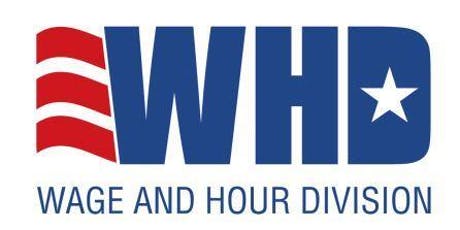
OMB authorization for an ICR cannot be for more than three (3) years without renewal, and the current approval for this collection will expire on December 31, 2019. The DOL seeks to extend PRA authorization for this information collection for three (3) more years, without any change to existing requirements. Existing Information Collection Requirement authorizations receive month-to-month extensions while they undergo review at OMB. (The federal agencies are becoming practiced, as a result, to waiting until the eve of their ICR authorization expirations to file their requests for continuation of the collection. The agencies thus buy a few more months of “free” authorization between each renewal cycle, rather than to request renewal in sufficient time before expiration to allow OMB the time it needs to review the continuation request and approve or modify it before the expiration date.)
For additional substantive information about this ICR, see the related notice the Wage and Hour Division published in the Federal Register on May 22, 2019 (84 FR 23586).
Comments are due by 11:59 PM EST on 01/21/2020.
Friday, December 20, 2019: EEOC Seeks to Close Portal for Component 2 Data

Per the Motion, as of December 18, 2019, 85.6% of eligible filers had submitted Component 2 data. This includes 85.0% of filers submitting Component 2 data for calendar year 2017 and 86.2% of filers submitting Component 2 data for calendar year 2018. The Commission also notes that the rate of filing has not materially increased in recent weeks, and it is costing the taxpayers $150,000 per week to continue to keep the portal open.
Should the Court deny the EEOC’s request, the agency also then seeks clarification as to when the Court would deem the Component 2 data collection complete.
The women’s and union groups which brought the litigation oppose the EEOC’s Motion because they want the EEO-1 Component 2 reporting portal to remain open as long as it takes to achieve the approximately 98% filing percentage of eligible filers achieved in past years as to Component 1 report filings. However, the EEOC accomplished that high percentage of filing only a year or more after the reporting portal opened and even after the EEOC’s usual 6-week “grace period,” allowing late filings. (The problem with holding the portal open for longer periods of time is not only cost, but the delay in portal closing also delays review and processing of the data while the agency collects even more data).
The EEOC Motion, on the other hand, relies on the fact that the filing percentage of Component 2 filing has now met and surpassed (slightly) the percentage of eligible filers that have historically filed their EEO-1 Component 1 reports BEFORE the end of the 6-week grace period. So the fight is whether to close the reporting portal now and save $150,000/week, or to hold the portal open another nine months (to September 30, 2020) to perhaps allow another 13% of eligible filers to file at an additional cost to the taxpayers of approximately $5,400,000 to collect data which career and political appointee managers of both the EEOC and OFCCP have reported are worthless and flawed and will not aid the agencies in their respective missions.
THIS COLUMN IS MEANT TO ASSIST IN A GENERAL UNDERSTANDING OF THE CURRENT LAW AND PRACTICE RELATING TO OFCCP. IT IS NOT TO BE REGARDED AS LEGAL ADVICE. COMPANIES OR INDIVIDUALS WITH PARTICULAR QUESTIONS SHOULD SEEK ADVICE OF COUNSEL.
SUBSCRIBE.
Compliance Alerts
Compliance Tips
Week In Review (WIR)
Subscribe to receive alerts, news and updates on all things related to OFCCP compliance as it applies to federal contractors.
OFCCP Compliance Text Alerts
Get OFCCP compliance alerts on your cell phone. Text the word compliance to 55678 and confirm your subscription. Provider message and data rates may apply.
